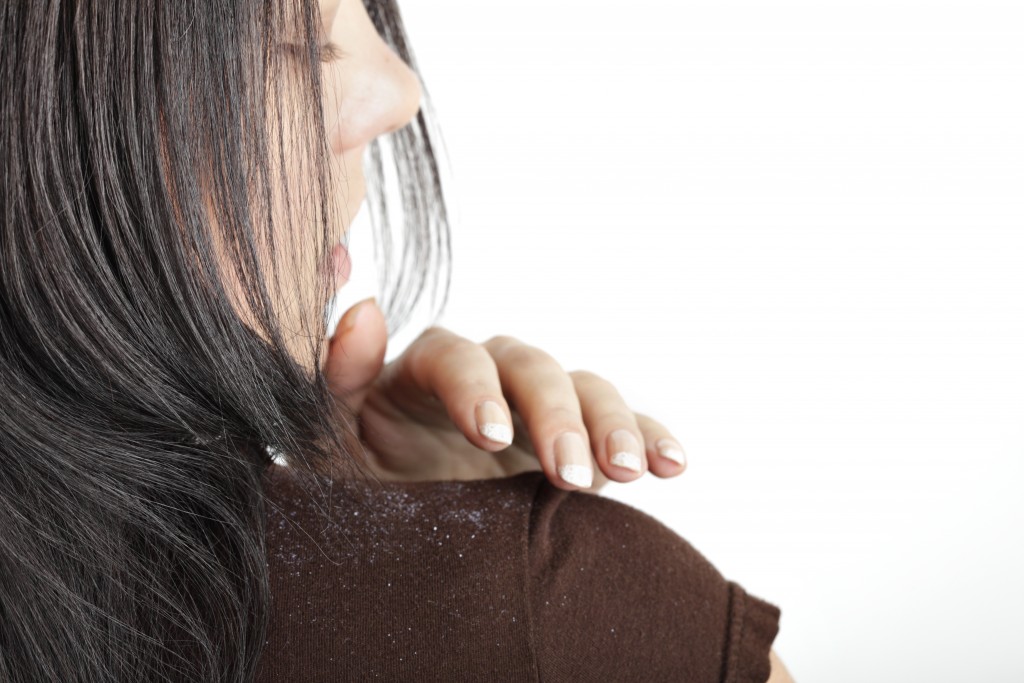By: Jenna Trubschenck, M.S. PA-C

Dandruff, although generally not harmful, can be annoying or embarrassing. The most common cause is just dry skin. The scalp can get dry like any other part of your body. But there can also be other reasons your black clothing is flocked with white flakey skin.
• Seborrheic dermatitis is the result of irritated oily skin. On close inspection, the scalp may be red, greasy and covered with white or yellow scales. This may also occur in other areas that have lots of oil glands, including eyebrows, nasal creases, ears and chest.
• Not shampooing often enough can cause a buildup of oils and hair products, which can cause irritation of the scalp. Although daily shampooing is not usually necessary, if you are not washing your hair more than a couple times a week, you may want to see if more frequent shampooing helps.
• Contact dermatitis may happen when you are allergic to hair products you use. A large number of these cases involve hair dye irritating the scalp. Also, if you shampoo too often you may cause more scalp irritation.
• A fungus called Malassezia lives on the scalp of most adults, but in some people it can irritate the scalp, causing an over-proliferation of skin cells, and thus an abundance of cells that die and flake off.
• A variety of other skin conditions, including eczema and psoriasis, can contribute to flaking. Also, people with serious medical conditions, such as Parkinson’s disease and epilepsy, or people recovering from strokes are more prone to flaking.
If you’re battling dandruff, there are several over-the-counter shampoos you can try. Active ingredients you should look for in shampoos include:
• Coal tar
• Pyrithione zinc
• Salicylic acid
• Selenium Sulfide
Generally, when washing your scalp, you should massage your scalp with your fingertips and let the shampoo sit for about 5 minutes before rinsing. Once you get your dandruff under control, you can use the shampoo less frequently.
If you cannot resolve your dandruff on your own, you may need to see your dermatologist or dermatology provider to evaluate what is going on and perhaps start a prescription shampoo or solution.
